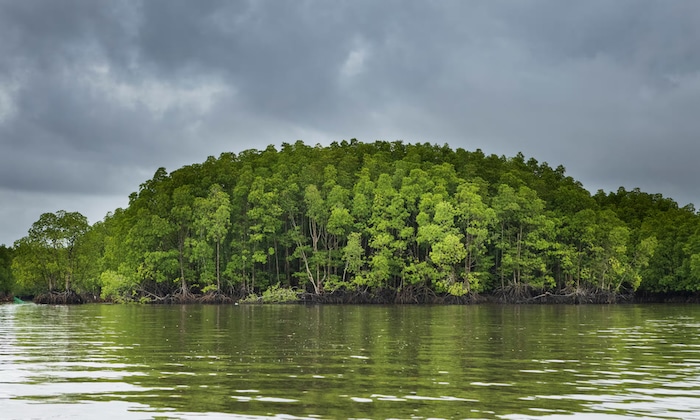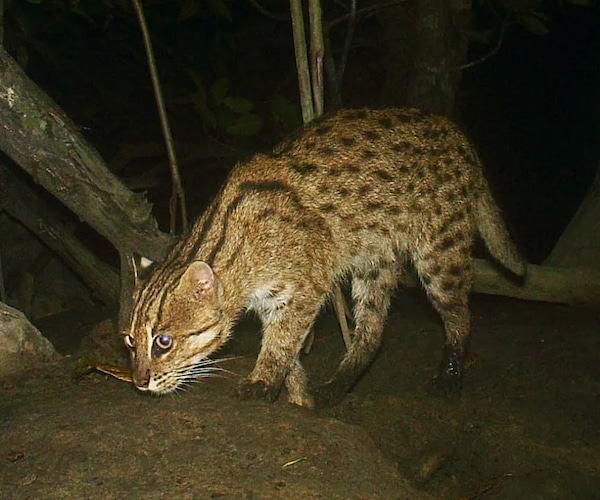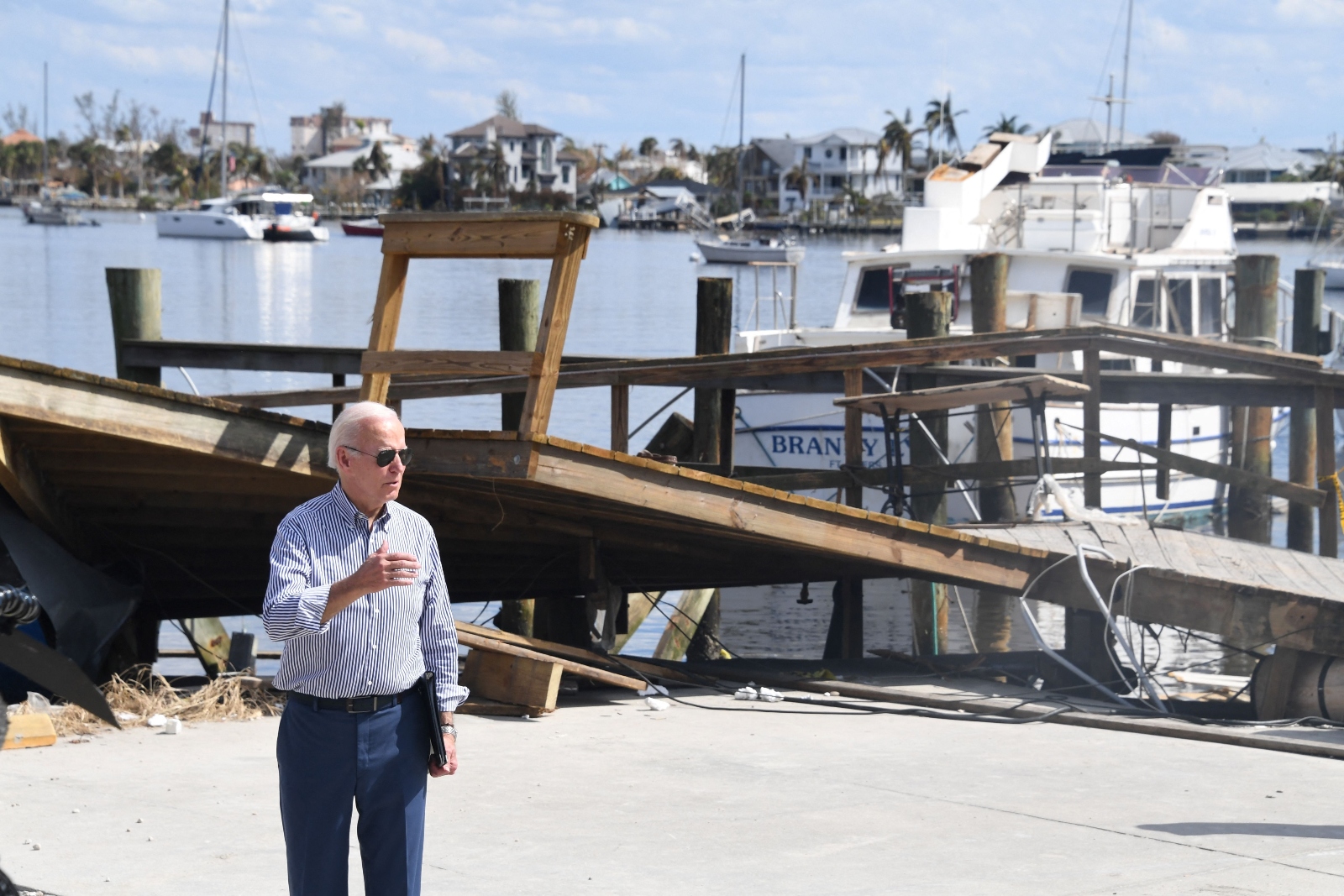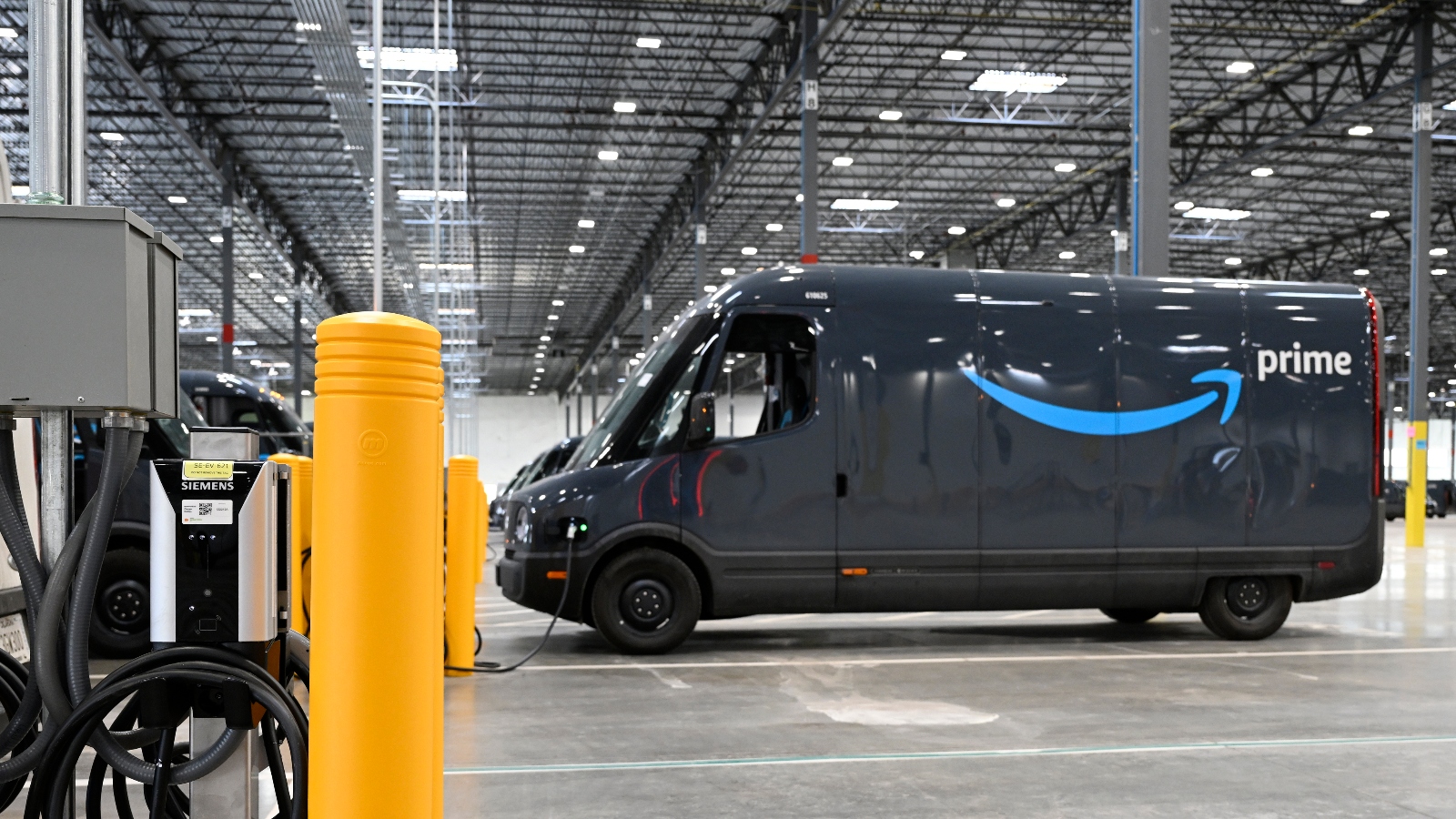A new study led by scientists from the University of Exeter has found that the risk of seabed creatures being exposed to plastics depends on how they feed and interact with their environment, rather than simply reflecting pollution levels in their local area.
All ocean plastic ends up sinking to the seafloor, a richly biodiverse habitat. The marine species who live in this unique environment burrow into the sediment and process food in a variety of ways that determine their levels of plastic exposure, a press release from the University of Exeter said.
“We know very little about the global seafloor and the species living there, but the impact of plastic pollution is growing even in parts of the deep ocean never seen by humans,” said Dr. Adam Porter, postdoctoral research fellow with the University of Exeter’s Convex Seascape Survey — a five-year project that examines ocean carbon storage — in the press release.
The research team found that seabed creatures living in parts of the ocean with high plastic pollution levels — particularly the Mediterranean and Yellow Seas — had ingested the most plastics.
“The Mediterranean and Yellow Sea animals were the most contaminated in all the studies we looked in. The Mediterranean has repeatedly been identified as likely one of the most contaminated places on Earth given the population numbers surrounding it, its semi-enclosed nature (i.e. not much outflow relative to the N. Atlantic) and the number of rivers that run in also. The Yellow Sea samples are from an area highly polluted – again likely due to regional circulation patterns and proximity to the highly populated cities along the coasts of S.E. Asia,” Porter told EcoWatch in an email.
The highest plastic levels were found in Blue and Red Shrimp (Aristeus antennatus), who live in the northwestern parts of the Mediterranean, and another shrimp species, Crangon affinis, from China’s South Yellow Sea. Each of the Blue and Red Shrimp were found to have 164 microplastics, while individual Crangon affinis had ingested 294 microplastics.
In 93 percent of studies, microplastics were found in animals living on the seafloor.
“We know that species experience sub-lethal (stress/inflammation/false satiation (feeling full) etc.) and indeed lethal effects from ingesting plastic; but this must be caveated with the understanding that these experiments often use high concentrations in order to find the tipping point at which a particular type of plastic becomes lethal,” Porter told EcoWatch. “However, there are a huge number of studies that show that plastics cause internal abrasions, block gut passages, cause inflammation responses due to having plastic in their guts and generally cause harm. This coupled with all the other threats animals on the seafloor face may just be the straw that breaks the camel’s back.”
Many earlier studies had focused on mussels and other filter-feeding bivalves, the press release said.
“Contrary to previous thinking, it turns out that many filter feeders have fairly effective methods of releasing unwanted particles rather than ingesting them,” Porter said in the press release.
The researchers found that predators, seabed scavengers called deposit feeders — as opposed to filter feeders — and omnivores were the most likely to take plastic into their bodies. Especially susceptible were marine animals like crabs, as well as starfish, sea urchins, brittlestars, sea cucumbers and squid.
The study, “Microplastic burden in marine benthic invertebrates depends on species traits and feeding ecology within biogeographical provinces,” was published in the journal Nature Communications.
“Organisms living in the seabed, such as clams, worms and shrimps may not seem that important, but they are essential for regulating and recycling the planet’s resources and form the base of the food web,” said co-author of the study Jasmin Godbold, a marine ecology professor at the University of Southampton, in the press release. “Our findings suggest that previous assumptions about the risk of exposure to plastic in our oceans are likely, for better or for worse, to be far from the reality. Irrespective of the amount of plastic pollution, some species are relatively unaffected, whilst others are disproportionately vulnerable.”
The findings of the study will assist scientists and policymakers with filling in knowledge gaps and focusing their actions as details of the Global Plastics Treaty are finalized.
“The only true conservation strategy is to stop producing so much plastic – especially single-use plastic. Such items may only be used for minutes or even seconds, but they persist in the ocean for hundreds of years,” said study co-author Tamara Galloway, a marine scientist and ecotoxicology professor at the University of Exeter, in the press release.
Porter agreed that the best way to stop the damage plastics are doing to marine ecosystems is to bring an end to our reliance on them.
“The key is to stop plastics from entering the environment. It’s too big a job to clean up, plastic is forever in our ecosystem now; we just need to stop any more getting in. Plastic is such a useful product, but our use or abuse of it is what has caused the situation we see today; using a product that lasts hundreds of years to carry water around for a matter of minutes or hours, only to be too often discarded. Unfortunately, at the rate plastics are entering the marine environment the seafloor looks to only experience increasing microplastic concentrations which may have realised or unintentional consequences for life on the seafloor,” Porter told EcoWatch.
The post Microplastic Levels in Seabed Creatures Depend on Feeding Patterns and Location, Study Finds appeared first on EcoWatch.








 An Ocean of Potential (@ourocean2024)
An Ocean of Potential (@ourocean2024)